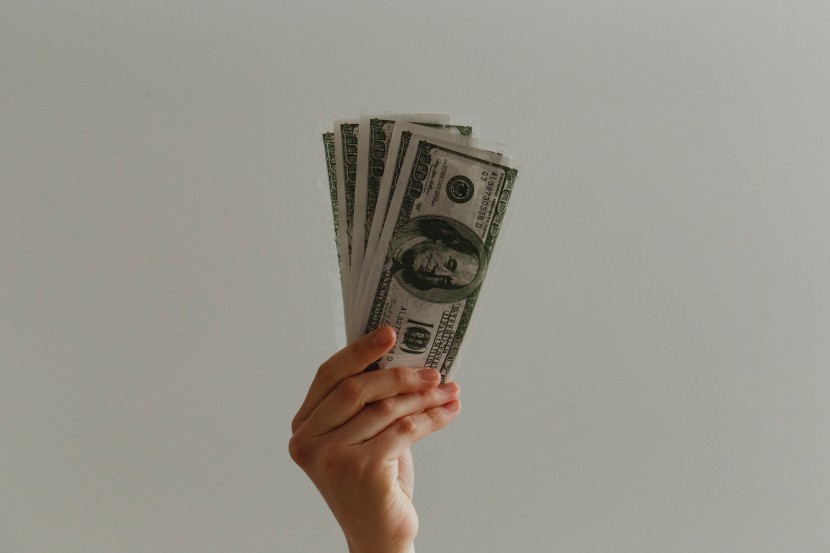It seems that the United States Economy continues to stand tall despite high-interest rates and increased prices as Americans continue to spend with inhibition.

This report comes from the Associated Press. The economy's growth rate was reported to grow by 3.3%. However, a report from the Commerce Department covering the economy's overall output of goods and services shows a deceleration from 4.9% but the rnumbers repeatedly show that the American economy is durable. This is the sixth quarter straight where GDP has gone up annually by 2%.
The Consumer Perspective
Consumers have been driving the growth of this quarter, account for about 70% of the total economy. The article states that consumer spending has expanded at a whopping 2.8% annual rate for items that range from furniture, clothing, and even hotels. A report from the GDP also shows that despite the strong growth pace in the October to December period inflationary measures continued to ease. Consumer prices went up at an annual rate of 1.7%, which is downward from 2.6% in the third quarter.
Global chief economist at Citi, Nathan Sheets had positive words for this development stating, "It underscores for the Fed that they don't have to be in a hurry." After a long period of navigating murky waters, the numbers show that American consumers seem to have adapted to inflation and feel better about the economy and this ongoing trend will play a significant role in the upcoming election in November. In fact in a recent visit to the state of Wisconsin President Biden also had some positive words "The experts from the time I got elected were insisting that a recession was just around the corner. Every month there's gonna be a recession.' Well, you know, we've got really strong growth."
However, while inflation within the country has gone down the overall cost of goods remains above 17% when compared to three years ago, the AP reports. The ongoing frustration among many American consumers with high prices is likely to influence the election, raising questions about their priorities: whether they will prioritize reducing inflation or addressing the persistently high prices lingering three years after the pandemic.
© 2025 HNGN, All rights reserved. Do not reproduce without permission.








